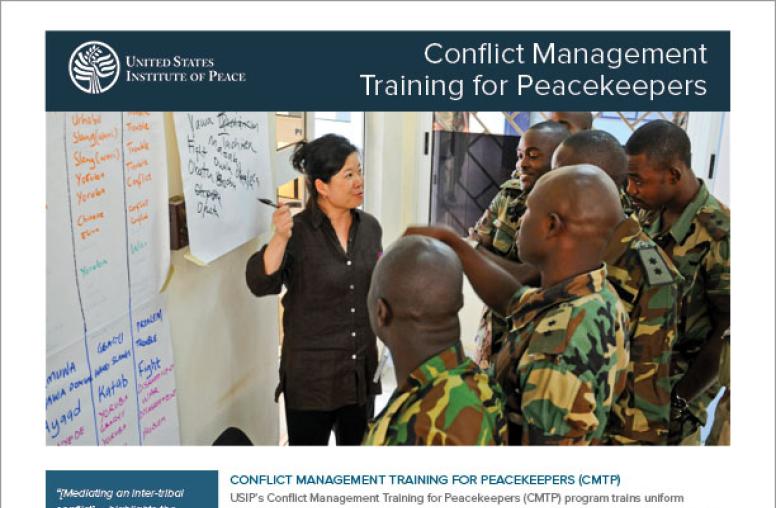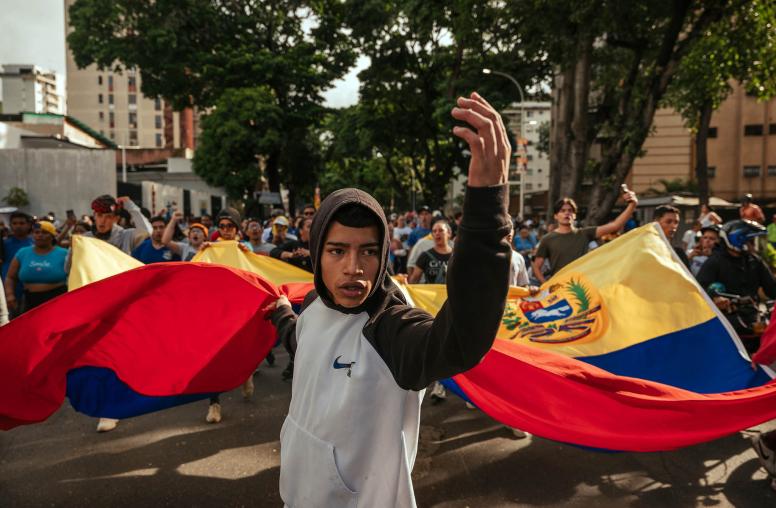Dissent and Dialogue: The Role of Mediation in Nonviolent Uprisings
While both mediation and nonviolent resistance have been the subject of significant scholarly work, the connection of the two fields has received less attention. Using newly collected data on nonviolent uprisings in Africa from the Mediation in Nonviolent Campaigns data set, this report explores several questions: When does mediation occur in the context of nonviolent campaigns? Who tends to mediate? What are the challenges, and what are the outcomes? The study offers overall takeaways, policy conclusions, and recommendations for future research.

Summary
- This report explores trends in mediation in the context of nonviolent action campaigns and explores challenges that mediators face when attempting to mediate between a nonviolent action movement and its opponent.
- The report introduces the Mediation in Nonviolent Campaigns data set and presents a descriptive analysis of the first completed segment of the data, encompassing nonviolent campaigns in Africa from 1945 to 2013.
- As nonviolent uprisings have increased in number, so too have cases of mediation in these uprisings, although the proportion of uprisings that are mediated has been relatively constant over time.
- The dynamics of nonviolent action lead to four distinct challenges for mediators: how to determine when the situation is ripe for resolution even in the absence of hurting stalemates, how to identify valid spokespersons when movements consist of diverse coalitions, how to identify well-positioned insider mediators, and how to avoid the risk of mediation leading to pacification without transformative social change.
- Research and policy should pay more attention to the potential of mediation in nonviolent campaigns and explore ways of increasing its effectiveness, such as strengthening domestic capacities for dialogue and conflict resolution in societies experiencing social conflicts and tensions.
About the Report
Drawing on the new Mediation in Nonviolent Campaigns data set, this report documents trends in mediation in the context of nonviolent uprisings in Africa and explores some of the challenges of mediation in mass-mobilization movements.The underlying research was supported by the People Power, Peace Processes, and Democratization project of the United States Institute of Peace and by the Swedish Research Council.
About the Authors
Isak Svensson is a professor in the Department of Peace and Conflict Research (DPCR), Uppsala University, Sweden. He researches and has published widely on international mediation and dynamics of civil resistance. Daan van de Rijzen is a research assistant in the Department of Political Science, Stockholm University, Sweden, and was previously a research assistant in the DPCR. He holds a master’s degree in peace and conflict studies from Uppsala University.


